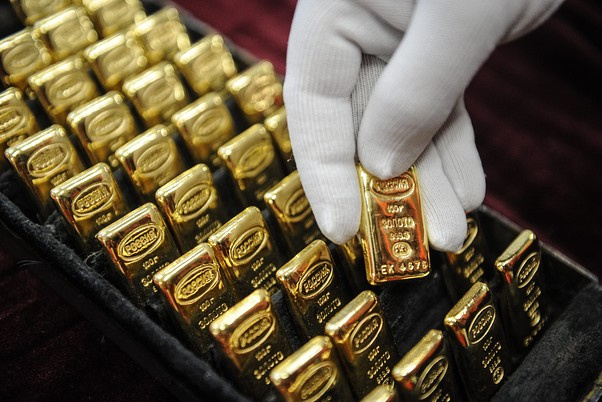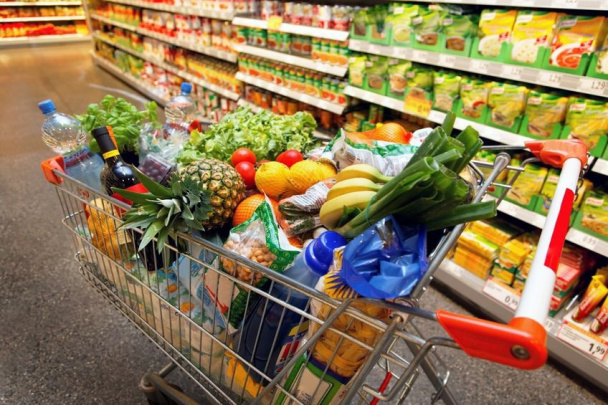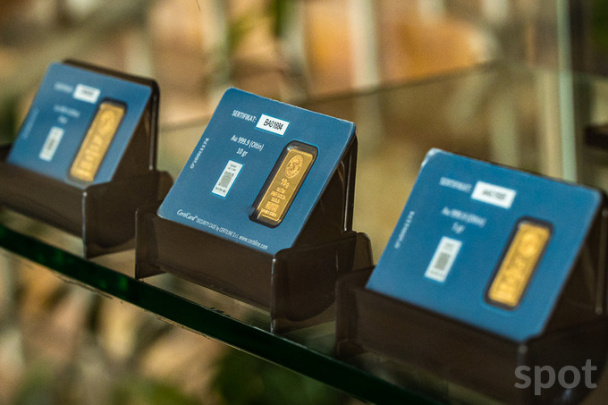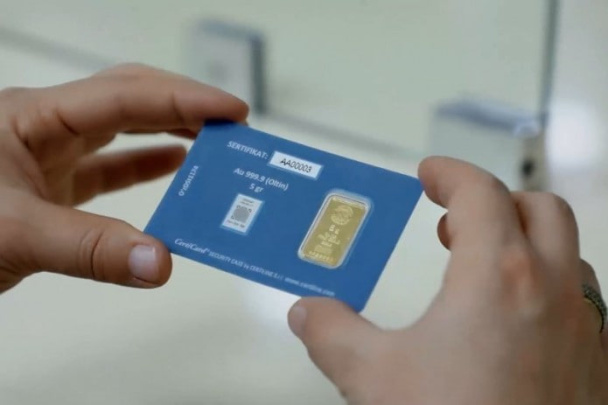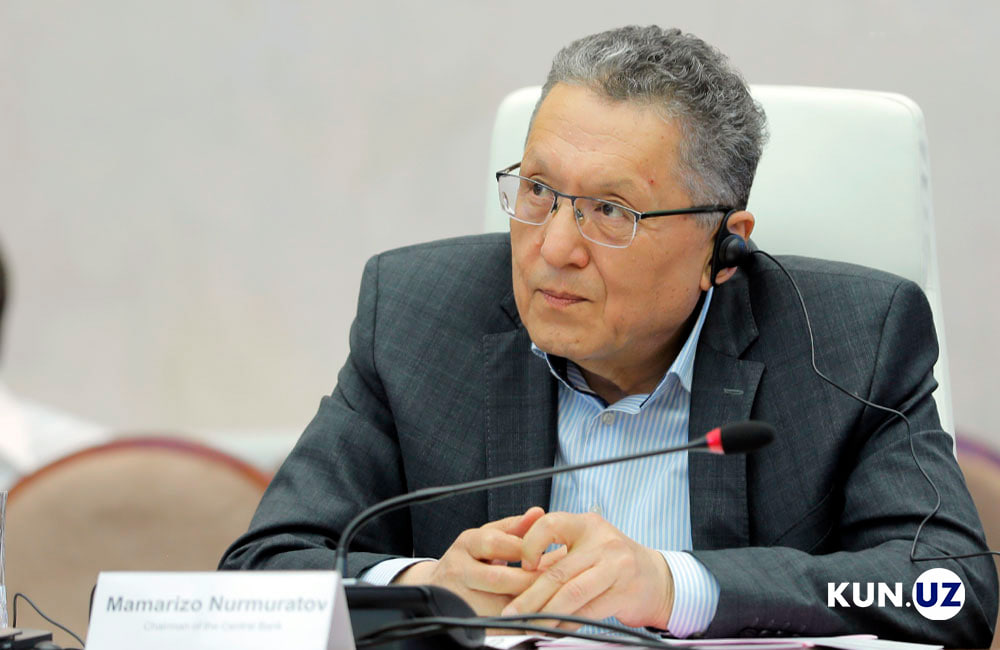
During the first conference held by the regulator in 2023, interesting issues were discussed, such as the impact of anomalous cold on prices, the inflation target that was not achieved due to the geopolitical situation, income from gold, the integration of Uzsard and Humo ATMs, and the Central Bank’s reaction to cryptoassets. Kun.uz summarized the important statements made at the conference in one article.
Last week, the CB Board decided to leave the annual key rate unchanged at 15%. Why the regulator came to this decision, inflationary risks and expectations and plans were reported at the press conference.
Basic information:
• At the end of 2023, economic growth of 4.5–5% and annual inflation within 8.5–9.5% are predicted;
• There is a high probability of a certain slowdown in GDP growth in the first quarter;
• Uzcard and Humo ATMs can be integrated until May. Then it will be possible to withdraw cash from Humo ATMs through Uzcard cards, and from Uzcard ATMs through Humo cards;
• GDP growth by the end of 2022 was 5.7% in line with the October forecasts of the Central Bank;
• In 2022, remittances will double. Two reasons are given for this: due to the sharp difference between the dollar and the ruble in Russia, exporters used remittances. Another reason is that citizens of neighboring countries received dollars through money transfers to Uzbekistan after the restriction on cash dollars in Kazakhstan and Kyrgyzstan;
• The Central Bank wants to achieve 5% inflation in 2024.
During the press conference, the CB Chairman Mamarizo Nurmurodov answered the journalists’ questions.
- The Central Bank failed to achieve 8-9% inflation in 2022, will it be able to achieve it in 2023?
- We expected 8-9% inflation in 2022, and all our actions were aimed at that. But geopolitical changes have led to the formation of inflation at a high level not only in Uzbekistan, but also in the whole world. In Europe, in developed countries, 2-digit inflation was observed. It was formed at a level higher than 10% in developed countries. In such circumstances, it is wrong for us to behave as if we have opened up, we will keep prices low, and we will reduce inflation. Only with our monetary instruments can we have some influence on the growth of inflation.
If we look at the numbers, by the end of the year inflation was about 19.6% in Kazakhstan. In other neighboring countries – Kyrgyzstan, Tajikistan, it was also somewhat higher. In these conditions, whether we like it or not, inflation flows from one country to another. That is why we did not achieve 8-9% inflation this year.
Achieving 8.5-9.5% in 2023 will also require tight monetary policy as geopolitical risks remain. We are also affected by the global economy’s declining global growth forecast. The question of whether prices can be sustained is a delicate one – it will stifle economic growth. Our goal is to reduce the impact of monetary and non-monetary factors as much as possible while maintaining economic stability and achieve a reduction in inflation.
We want to achieve 5% inflation in 2024.
- Will the abnormal cold affect future price increases?
- Anomalous cold is not a long-lasting factor. Our studies show that the January price increase will stabilize from the following months. As for whether the central bank can influence prices through its instruments, we have no levers to directly influence price changes due to an anomalous cold.
- Does the Central Bank profit from gold bars?
- We do not receive income from the gold bars in the Central Bank. We have some operations: we can withdraw gold and deposit it to earn income. We carry out these operations in a certain period. If we expect the price of gold to rise, we can sell our gold for sale. We derive our income from underlying gold through price movements. For example, we buy gold at a monthly average price. Selling at a higher price than the price we bought gives us additional income. We have not completed 2022. In 2021, the Central Bank received income equivalent to $300 million from the sale and purchase of gold.
- What is the attitude of the Central Bank to cryptoassets?
- The Central Bank, like the rest of the world, has a very conservative approach to the issue of cryptoassets. We do not consider cryptocurrency to be a valuable asset and our attitude towards it is negative.
- When will Mir cards be accepted again?
- The recovery or non-recovery of Mir cards depends on certain risks of commercial banks. We are studying it. Kazakhstan has suspended in order not to fall under American sanctions. Commercial banks have not abandoned this issue. We heard news that permission was granted in Kazakhstan. Banks are trying to create conditions as much as possible. We are trying to create conditions for tourists and temporary residents from Russia.
For information, since September 23, Uzcard unified republic processing center has stopped accepting Russian Mir payment system cards in Uzbekistan, including co-badging cards abroad, due to technical reasons.
After the U.S. Department of Finance announced its readiness to impose sanctions for working with the Mir payment system, problems with the use of Russian cards arose in many countries, including Turkey, Vietnam, Kazakhstan, Kyrgyzstan, Uzbekistan and Tajikistan.
- The Central Bank wants to achieve 5% inflation in 2024. But analysts say this is impossible.
- All our activities are aimed at achieving 5% inflation by the second half of 2024. I also said that in 2021, we did not reach the inflation rate of 8-9%. There may be force majeure, geopolitical situations, but our main strategy and medium-term goal is to achieve 5% inflation in 2024. It is difficult to say in advance, “yes, this is exactly what will happen”, because today’s analysis will not correspond to tomorrow.

